Are you wanting to find 'mohori bibee vs dharmodas ghose case study'? Here, you will find all the stuff.
Table of contents
- Mohori bibee vs dharmodas ghose case study in 2021
- Leslie vs sheill
- Ilr (1903) 30 cal 539 (pc)
- Chinnaya vs ramayya
- Nash v inman
- Whether the judgment passed in mohori bibee v dharmodas ghose needs reconsideration
- Dharmodas ghose vs brahmo dutt
- Mohori bibee vs dharmodas ghose case study 08
Mohori bibee vs dharmodas ghose case study in 2021
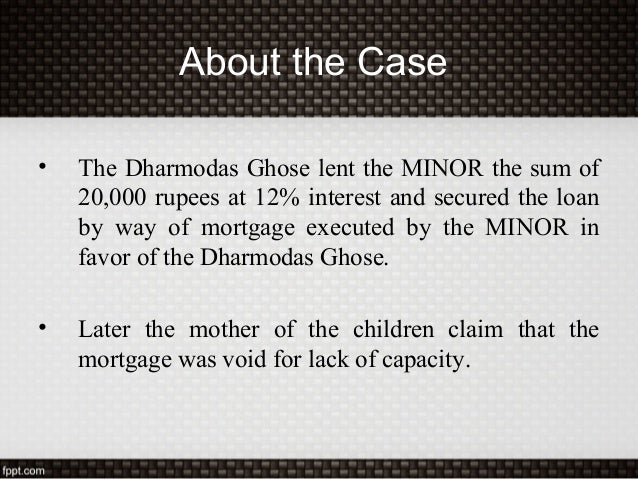 This picture representes mohori bibee vs dharmodas ghose case study.
This picture representes mohori bibee vs dharmodas ghose case study.
Leslie vs sheill
 This picture shows Leslie vs sheill.
This picture shows Leslie vs sheill.
Ilr (1903) 30 cal 539 (pc)
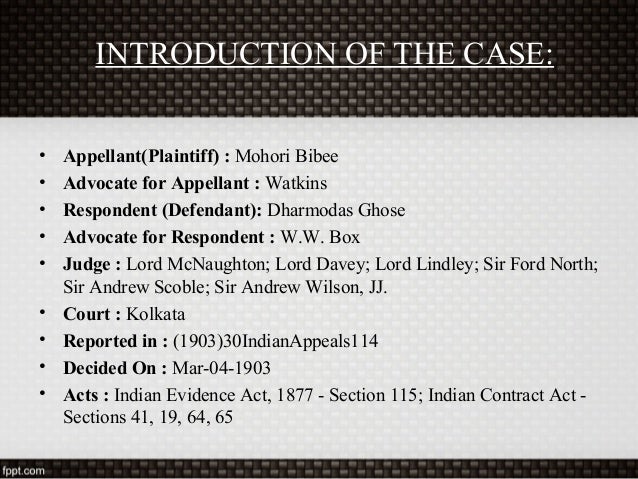 This image representes Ilr (1903) 30 cal 539 (pc).
This image representes Ilr (1903) 30 cal 539 (pc).
Chinnaya vs ramayya
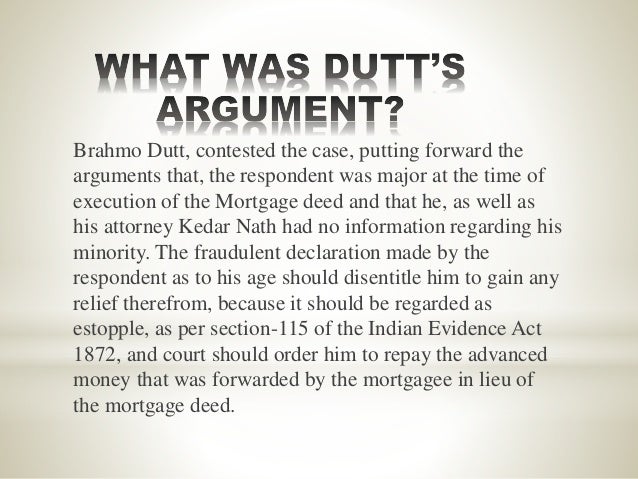 This picture illustrates Chinnaya vs ramayya.
This picture illustrates Chinnaya vs ramayya.
Nash v inman
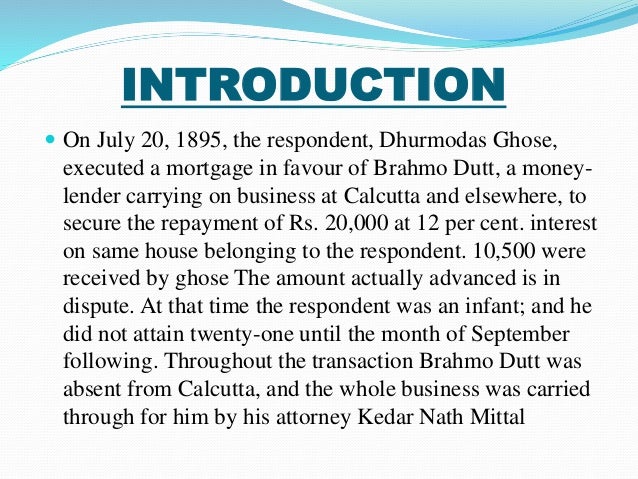 This image representes Nash v inman.
This image representes Nash v inman.
Whether the judgment passed in mohori bibee v dharmodas ghose needs reconsideration
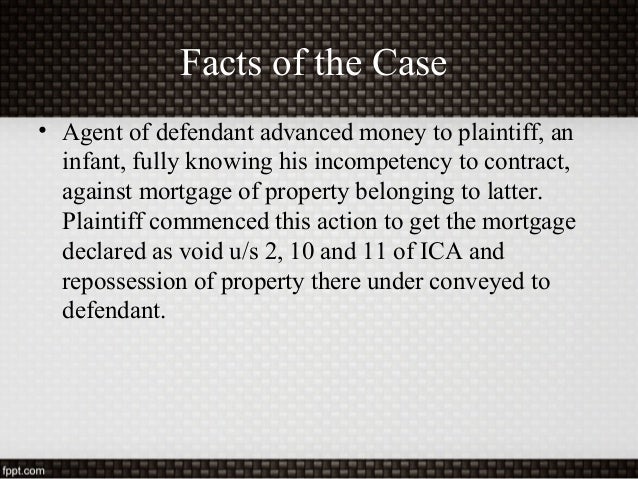 This image demonstrates Whether the judgment passed in mohori bibee v dharmodas ghose needs reconsideration.
This image demonstrates Whether the judgment passed in mohori bibee v dharmodas ghose needs reconsideration.
Dharmodas ghose vs brahmo dutt
 This image illustrates Dharmodas ghose vs brahmo dutt.
This image illustrates Dharmodas ghose vs brahmo dutt.
Mohori bibee vs dharmodas ghose case study 08
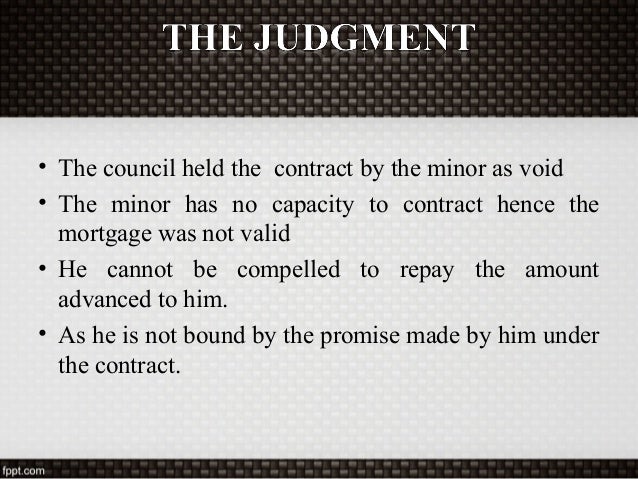 This picture representes Mohori bibee vs dharmodas ghose case study 08.
This picture representes Mohori bibee vs dharmodas ghose case study 08.
Who was the respondent in mohori Bibee vs dharmodas Ghose?
Lord McNaughton, Lord Davey, Lord Lindley, Sir Ford North, Sir Andrew Scoble, Sir Andrew Wilson. Dharmodas Ghose was the respondent in this case. He was a minor (i.e. has not completed the 18 years of age) and he was the sole owner of his immovable property.
Who is the author of dharmodas Ghosh?
Dharmodas Ghosh (1903) 30 Cal. 539 The Author, Nihal Chhetri is a 2nd Year student of University Law College, Gauhati University. The law relating to contracts in India is contained in Indian Contract Act, 1872. The Act was passed by British India and is based on the principles of English Common Law.
Who is Brahmo Dutt in dharmodas Ghose case?
The plaintiff, Dharmodas Ghose, while he was a minor, mortgaged his property for the defendant, Brahmo Dutt, who was a moneylender to make sure about an advance of Rs. 20,000. The real measure of credit given was not as much as Rs. 20,000.
How did the Indian Evidence Act stop mohori Bibee?
The respondent is stopped by section 115 of the Indian Evidence Act, 1872 from claiming that he was a minor at the time of executing the mortgage. The respondent must repay the amount advanced according to section 64 and 38 of Indian Contract Act (1872) and section 41 of Specific Relief Act (1877).
Last Update: Oct 2021